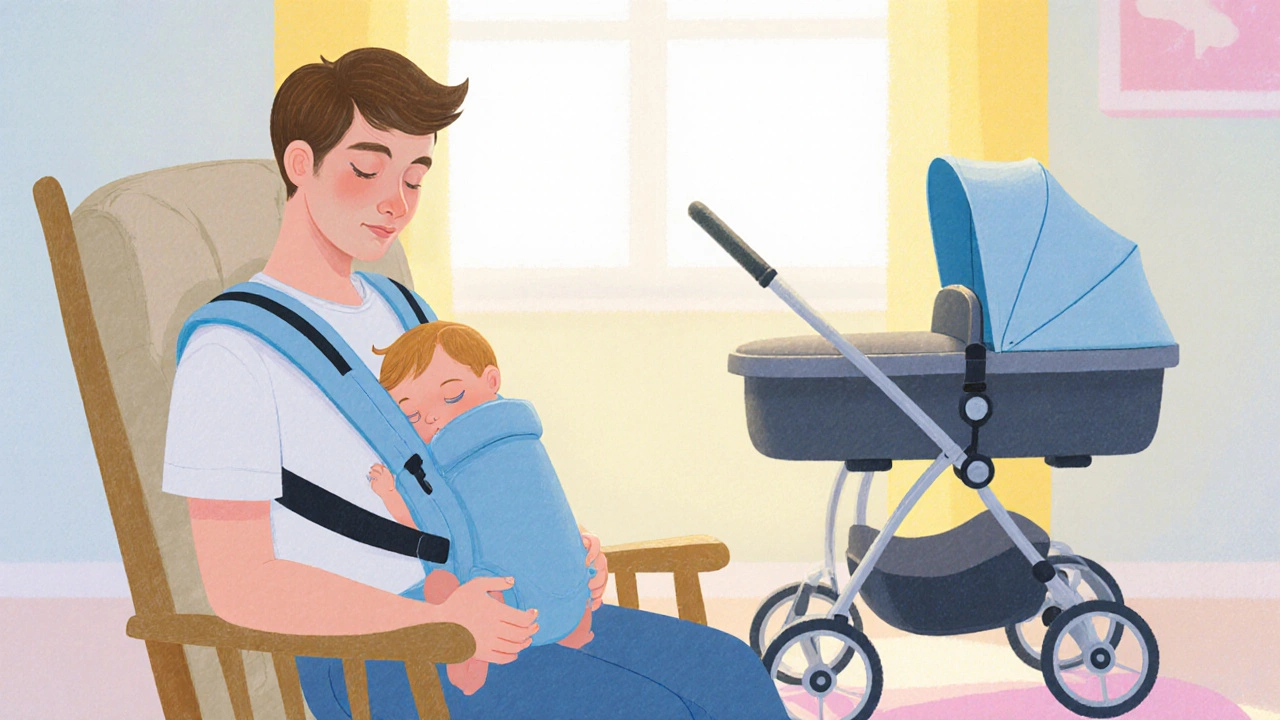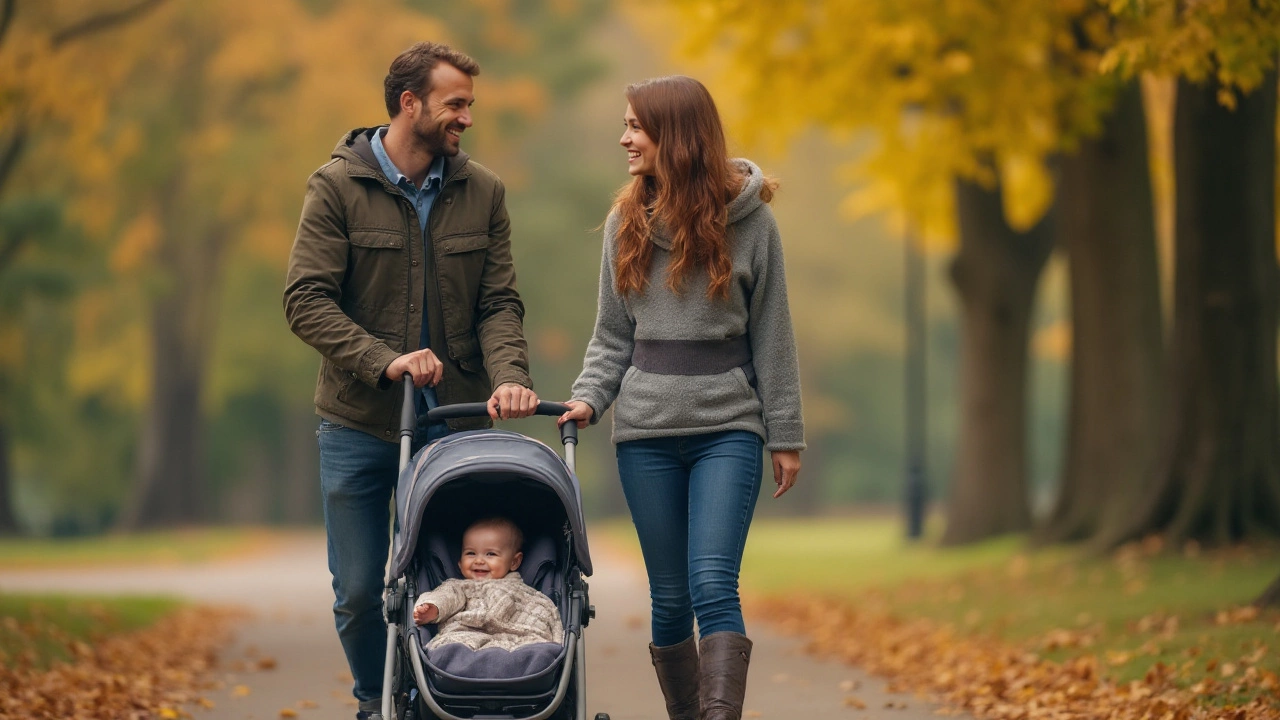Is It Safe to Use an Older Stroller for Your Baby?
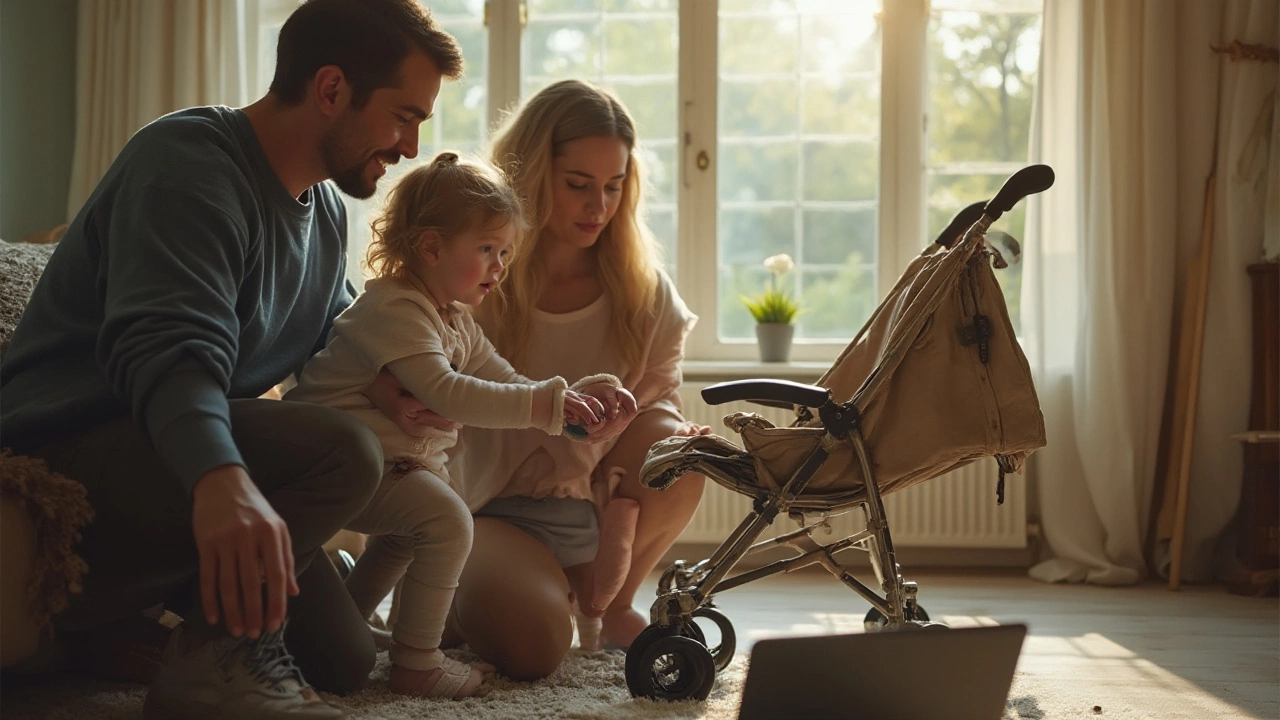
When it comes to baby strollers, parents often ponder the practicality of using an older model. This decision goes beyond cost-saving; it's about ensuring safety and reliability for your little one. While the charm of an older stroller might have aesthetic appeal or sentimental value, there are essential factors to consider to keep your baby safe and comfortable.
Before taking your baby out for a stroll in a secondhand stroller, a thorough safety check is vital. It's not just about functionality but ensuring everything from buckles to brakes are in tip-top shape. As safety standards evolve, knowing how your stroller measures up to current guidelines can offer peace of mind.
Understanding when and where it makes sense to opt for an older option can empower parents to make savvy, practical, and safe choices, without compromising the well-being of their precious passengers.
Safety Standards and Recalls
Diving into the world of baby strollers, it's crucial to understand the significance of adhering to current safety standards, which are established to protect your little ones. Over the years, manufacturers have made major strides in enhancing the safety features of strollers, making the regulations more stringent and comprehensive. Any stroller, whether new or old, should comply with these guidelines to ensure your child's safety during use. Current safety standards are mainly determined by rigorous testing and careful evaluation by government bodies and consumer safety organizations. They prioritize features such as stability, restraint systems, and proper locking mechanisms.
For newer strollers, these standards are usually printed clearly on the packaging or within the product details section. However, the challenge with an older stroller is determining whether it still meets these evolving criteria. To be certain, parents can check the stroller's brand and model number against a list of products that have been approved by relevant safety authorities. Keep in mind, though, that in some instances, materials that were once deemed safe may no longer be considered so, due to updated research and findings.
Checking for Recalls
An integral part of evaluating an older stroller is staying informed about any recalls it might have been subjected to. The dynamic nature of safety assessments means that even well-regarded models can face recalls. It's essential to keep abreast of such notifications by checking with trusted databases like those provided by the Consumer Product Safety Commission in the US or their equivalent in your country. Such databases offer searchable, up-to-date fields where you can input a stroller's information to check for any flags. If a stroller has been recalled, it isn't necessarily unusable. Manufacturers often ship repair kits or offer to replace affected parts. Responsible stroller brands are proactive in alerting their customers to potential safety concerns, lowering risks significantly. As a famous child safety expert once said,
"No compromise is worth risking the well-being of our children; they deserve the absolute best in safety measures."
Furthermore, safety isn't just the responsibility of manufacturers. As guardians, we must routinely inspect these products for signs of wear or potential hazards. Even subtle issues like worn wheels or loose screws can jeopardize safety and require immediate attention. A well-maintained stroller not only lasts longer but ensures the child's safety, providing peace of mind during every use. Those investing in or considering the use of an older stroller will find it beneficial to familiarize themselves with the potential risks and prevention strategies when it comes to safety recalls. This practice can not only prevent accidents but also extend the life of the baby stroller. Being proactive about stroller safety will assure smoother journeys and the abiding happiness of your child, which stands on the sturdy foundation of preparation and awareness.
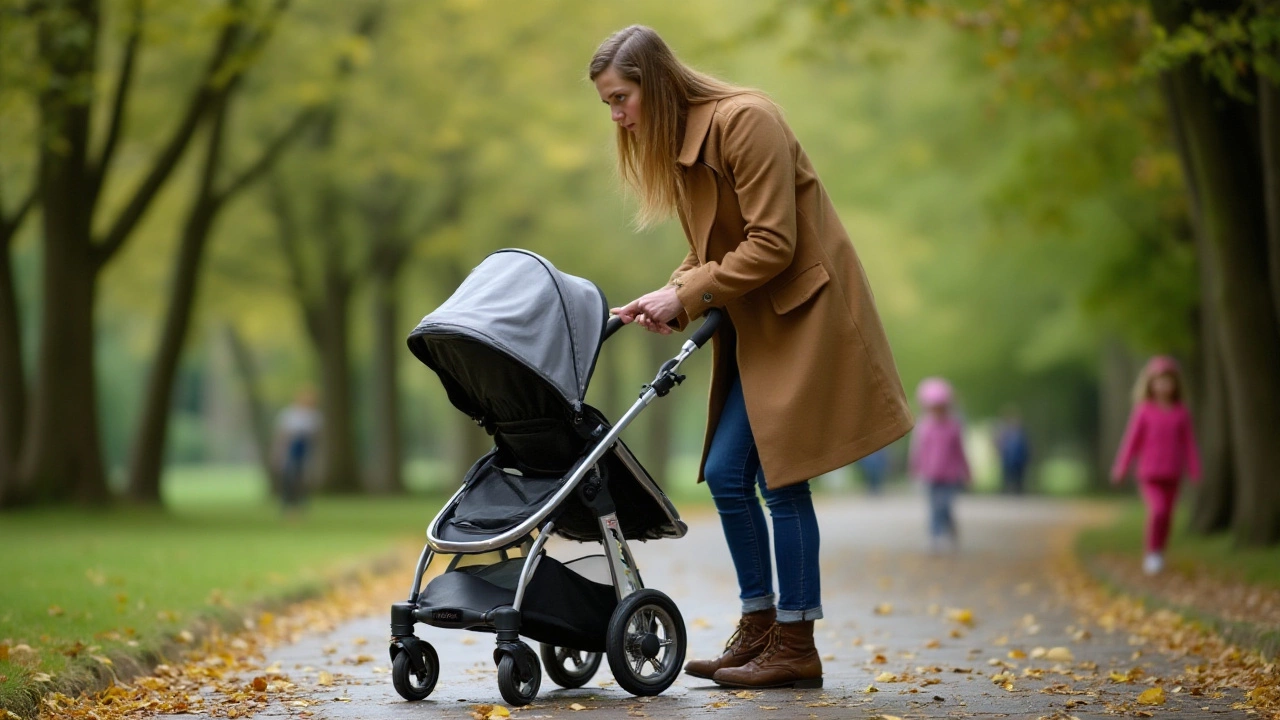
Assessing Wear and Tear
Inspecting a used stroller starts with a close examination of its physical condition. The frame, which is the backbone of the stroller, requires a thorough look to detect any cracks, rust, or bent areas that might compromise stability. These structural issues are non-negotiable and if found, should prompt a reconsideration of using that particular stroller. Bearings and wheel conditions are equally crucial, as smooth mobility is vital not just for an easy walk but also for the stroller's longevity. A bumpy ride can mean hidden issues with the wheels or axles, which can escalate into major problems during use.
Next, turn your attention to the fabric and padding. Even though it might seem purely cosmetic, fabric wear can disguise deeper problems. Stains might be superficial, but rips and tears could expose sharp metal or allow for inappropriate seating, which could be unsafe for the baby. Padding worn down to the point of thinness might not protect your child from jolts and bumps, defeating the purpose of the stroller’s comfortable appeal. Run your fingers along seams and beneath pads, checking for any foreign materials like staples or sharp objects that could have gone unnoticed.
Don’t forget to assess the functionality of the **harness and safety straps**. These are perhaps among the most critical parts since they keep your child secure. Any fraying, stiffness, or malfunction in the locking mechanism could jeopardize the safety of the child. Do a quick tug test to ensure the integrity and strength of all the buckles and adjusters. It's more than just cosmetic; the security of your child during those strolls depends heavily on these features holding up under stress.
A detailed evaluation requires knowledge and sometimes, input from a professional or a seasoned parent might be beneficial. Maureen Robbins, founder of Baby Gear Lab, suggests,
"An old stroller is much like a used car; while it might have the charm of years behind it, a savvy parent will never ignore the critical components like brakes and tires. These define the stroller's true reliability."Engaging with reviews and manufacturer updates about the model in question can provide insight into known issues or common faults to watch for, enhancing your examination process.
As you progress, you might find a handy checklist useful. Keep track of each part inspected, noting any repairs or replacements needed. An informed parent can then decide if investing in this used equipment is worthwhile or if the cost of restoring it exceeds its purchase benefits. An inspection of the stroller needs not just practical eyes but also a keen ear for any squeaks or grinding sounds indicating deeper issues lurking beneath the surface. Hopefully, this preparation ensures that your baby’s adventure in an older stroller remains safe and secure.
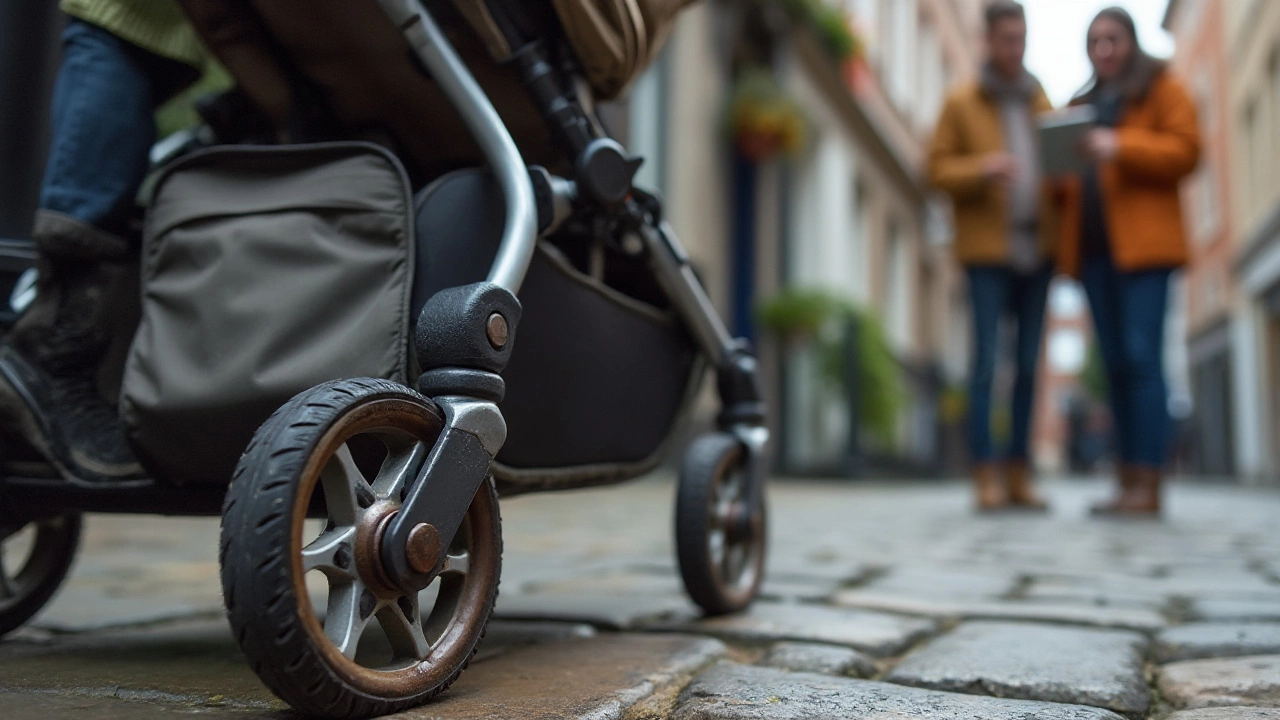
Practical Considerations
Thinking practically about using an older stroller involves several facets that go beyond just putting your baby in a seat and taking them out for a spin. One of the first things to consider is the compatibility with new accessories or attachments. Many modern strollers now come equipped with features like car seat adapters, rain covers, or storage trays that might not be available or functional on older models. This could limit the versatility of the stroller and might mean additional expenses if you need to modify or update parts to meet your needs.
Space requirements are another practical consideration. Measure the dimensions of the baby strollers and evaluate your storage options at home as well as the suitability for your vehicle's trunk. Older strollers may not fold as compactly as newer designs, which is crucial for families who are on the go frequently. You might end up facing a frustrating battle every time you pack up for an outing, struggling to make everything fit.
The material quality on older strollers also tends to show more wear, which might affect both aesthetic and functional aspects. Check for visible signs of wear and tear, such as fraying fabric, rusted metal parts, or brittle plastic components. Although some of these can be fixed or replaced, it can still be costly and time-consuming. Moreover, such issues could potentially compromise the durability and safety of the stroller during everyday usage.
Orientation and adjustability are key when considering practicality. Older stroller safety designs might not have the same level of ergonomic adjustability found in current brands. Think about features like seat recline angles, handlebar height adjustments, and footrest placements, which contribute significantly to both parental comfort and the child's enjoyment. If any of these elements are lacking or cumbersome to use, it might turn a simple walk in the park into a strenuous workout that leaves you questioning the wisdom of your choice.
A word of advice from seasoned parenting experts suggests rechecking the specific model against recent safety and consumer reports.
Forbes once stated that "while older strollers might seem like a budget-friendly option, investing in updated gear often pays off in terms of longevity and peace of mind."This quote serves as a reminder to weigh short-term savings against potential long-term benefits. Remember that easy maneuverability is integral in maintaining the stroller over varied terrains, whether you are walking through city gardens, taking a stroll along the beach, or rolling across rougher suburban streets.
In building your practical outlook, think about regular maintenance efforts. Establishing a maintenance routine can prolong the life and efficiency of used strollers, preventing minor issues from escalating into major problems. Regularly tightening screws, lubricating wheels, and cleaning fabrics are small yet essential tasks that a careful parent can't overlook. A practical decision on a used stroller should embrace a fuller spectrum of thought, recognizing immediate usability while preparing for future possibilities and challenges.
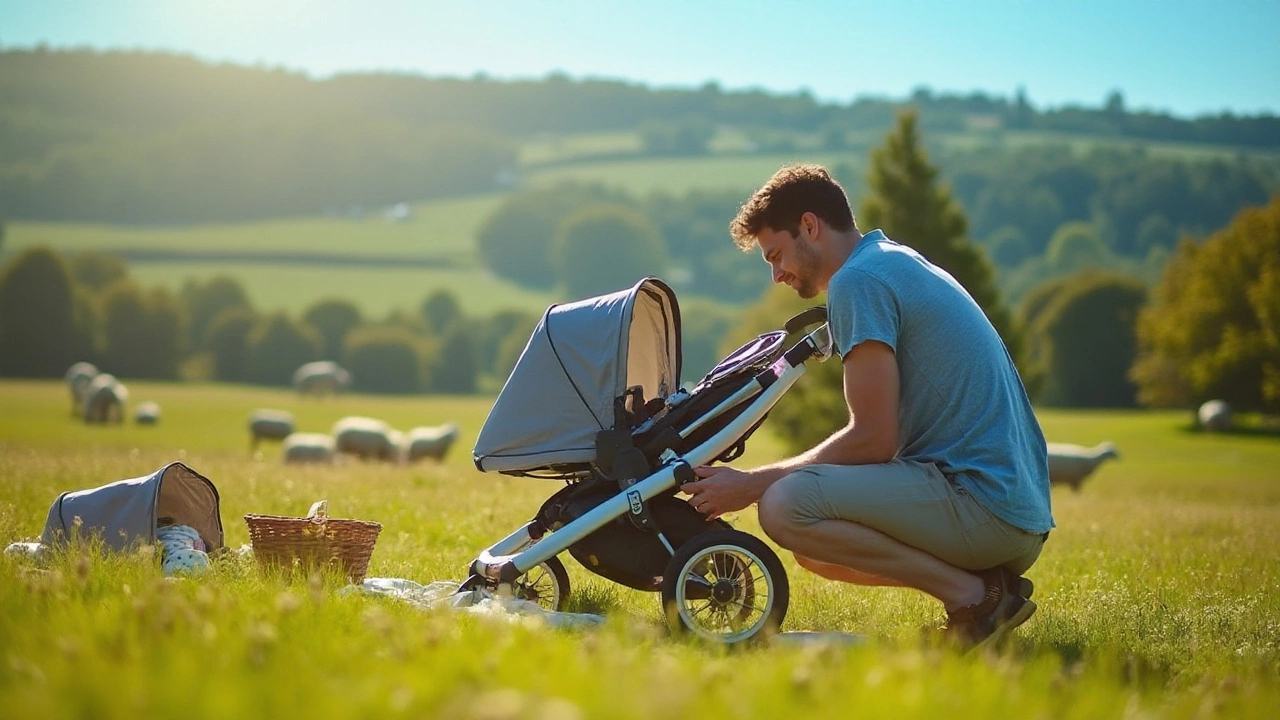
Making a Smart Choice
Choosing a stroller goes hand in hand with choosing a lifestyle; hence, it's a decision that requires more than a cursory glance. When deliberating on whether to use an older stroller, there are several crucial factors to consider. With safety at the forefront, it is critical to scrutinize everything from harnesses to wheels. These parts are not only essential for the functioning of strollers but are also significant for the safety of your child. Ensuring they work correctly isn't just a precaution - it is a must. Remember, safety standards have become stricter over the years, and knowing the history of your stroller’s model is vital. Knowing how it aligns with modern-day regulations might sound technical, but it is simply about ensuring that your stroller isn't missing out on those life-saving features that newer models might have. Stroller safety is such a non-negotiable aspect since any shortcuts might end up compromising your baby’s safety in the face of unpredictable hazards.
Here's where a bit of research comes in handy. Identify the brand and model of your stroller, then check if there have been any recalls. Don’t fret; this information is available online in various consumer advocacy resources. It might seem overwhelming at first, yet a bit of digging could turn out to be invaluable, prompting timely repairs or even a switch to a more reliable model. You must weigh the benefits of saving a few bucks against the potential risk. The scales tip considerably when it involves the safety of your little one.
For instance, consider the incident involving the XYZ stroller brand back in 2020, which underwent a massive recall due to faulty harnesses. This brand was a popular choice back then, emphasizing the importance of keeping oneself updated about these matters.
Safety expert Jennifer Lee once said, "Never underestimate the power of being informed. It saves lives."These aren’t mere preventive suggestions but reflect a robust understanding of what makes a stroller safe in a practical world brimming with unpredictability.
While considering an older baby stroller, ensure you test it out in different scenarios - be it on concrete pavements or grassy parks. See how it maneuvers around tight corners or on inclines. Here’s a handy checklist:
- Does it fold easily and lock securely?
- Is the seating comfortable and adjustable for your child?
- Are the brakes responsive and trustworthy?
- Is there adequate storage without compromising stability?
These queries form a matrix of considerations that should guide your decision. Once they check out, you’ll find peace knowing that not only have you made a smart choice, but also a responsible one, aligning with the best interests of your baby.
